Exploring the World’s Most Imperiled Rivers
Agriculture, pollution and hydroelectric development threaten many great rivers. See them while they still flow, via raft, kayak, canoe—or bicycle
/https://tf-cmsv2-smithsonianmag-media.s3.amazonaws.com/filer/20130501125122RiversColoradoCanyon.jpg)
The classic film Deliverance immortalized the American tradition of canoes, river canyons, guitars and banjos—but less remembered from the film, and the novel that preceded it, is its very premise: Four men were out to see one of Appalachia’s last free-flowing rivers—the fictional Cahulawassee—months before a scheduled dam project forever disrupted its flow. This fate, or something similar, has befallen most major river systems on earth—and though we often lament their loss, we continue to dam, divert or otherwise mar or destroy our last remaining wild rivers. But a few untamed giants remain, like the Amazon, the Arctic-bound Mackenzie, the Yukon of Alaska and Canada and the Lena of Siberia, one of the longest rivers in Asia. Even a dammed river can remain an enduring symbol of its landscape, as do the extensively developed Mississippi and the Nile. But such hydro-developed rivers may face other threats, especially overuse of their waters, which can eliminate a river entirely. Even that soul of the American desert, the Colorado River, is reduced to a pitiful trickle as it enters its own delta, in Mexico. Following are six of the most beautiful but most threatened rivers worth seeing while they still flow.
The Salween
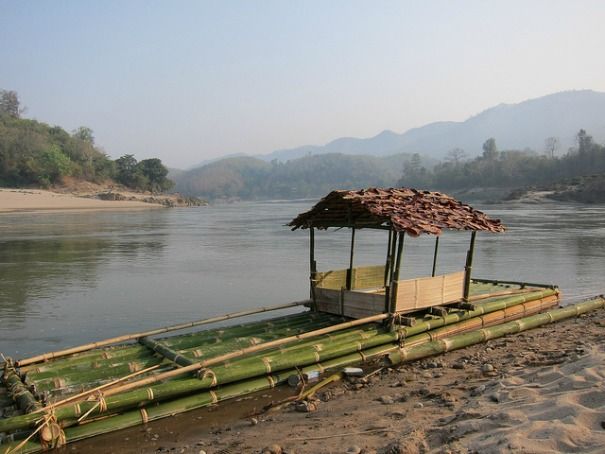
Length: 1,749 miles.
Discharge: 172,200 cubic feet per second.
Main threat: Planned hydroelectric development.
This Southeast Asian river’s days of unfettered youth and unbridled flow are probably numbered—for big plans are in store for the Salween. This mighty system begins as a Himalayan dribble almost three miles high in Tibet and, eventually, empties as a jungle-brown behemoth into the Andaman Sea in Burma. Though the Salween is currently a free-flowing river from source to sea, that is almost certain to change. China has plans to build 13 dams on the Salween, while Burma has long been discussing installation of several hydro projects. Though construction activity has been stalled for years, it seems probable that the Salween is fated to become a long escalade of concrete walls and reservoirs. In February 2013, the state government approved the construction (PDF) of six planned dams, which have generated huge civilian opposition and are the crux of a brewing eco-socioeconomic battle. Opponents to the projects have dispersed anti-dam petitions and even attacked survey teams scouting the dam sites. If you have plans to visit Burma, float the Salween now, before dams mandate laborious portages and before the villages along its shores are drowned. Boat tours can be arranged through many travel services, while some visitors explore the Salween’s course via bicycle.
The Danube
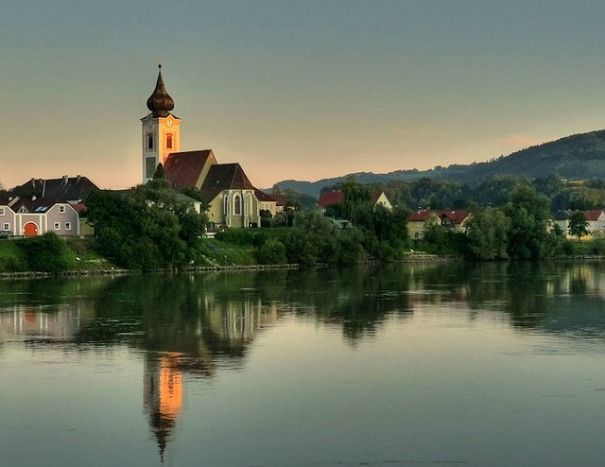
Length: 1,776 miles.
Discharge: 229,000 cubic feet per second.
Main threat: Pollution, development of adjacent lands and development of the river as a shipping channel.
Europe’s second-largest river after the Volga, the Danube is remarkable for the many cultures it touches, and the many borders it crosses, en route from the Alps to the Black Sea. The Danube has been characterized as dividing, uniting and defining Central Europe. So said Guy Raz, an NPR reporter who traveled the length of the Danube in 2002, documenting as he went its history, current culture, ecology and future. The river’s source is in the Black Forest of Germany,while it gains much of its volume from the Alps. It’s a fine way for a river to begin—but things get complicated for the Danube the more countries it touches. Government conservation efforts may be hampered by the Danube’s very diversity—for the river, which the World Wildlife Fund has called the “most international river in the world,” literally absorbs the direct runoff of 18 countries—including the war-scarred Balkan nations and the industrial landscapes of parts of Poland, Germany and Hungary. Named in 2007 as one of the ten most threatened rivers in the world, the Danube offers a variety of beautiful trip opportunities. People may cycle tour the length of the river, traveling as they go either through or near Germany, Austria, the Czech Republic, Slovakia, Romania and many more nations. Or they may walk the gentle valley of the Danube, among vineyards and orchards, past Transylvanian castles and through great cities like Belgrade, Budapest and Vienna. Or they may explore this great river by boat.
The Sacramento
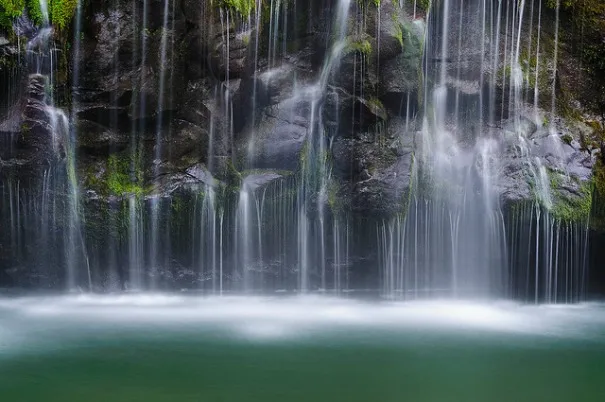
Length: 382 miles.
Discharge: 23,490 cubic feet per second.
Major threat: Overuse of water for agriculture, which threatens salmon and other fish species.
Though hardly more than a stream when compared with recognized river giants, the Sacramento is economically and ecologically one of the most important watersheds in America. It enters the sea as grandly as a river can—past San Francisco and under the Golden Gate—while far upstream, the Sacramento’s waters provide habitat for the most southerly and one of the largest West Coast populations of Chinook salmon, which migrate upstream to spawn each year. The river’s water also feeds much of California’s agriculture industry, which in turn helps feed much of the world. Just one major barrier—the Shasta Dam—blocks the path of the Sacramento, and adventurers wishing to canoe or kayak this stream have at least two options: They may take the arguably wilder and more scenic route and paddle the upper branch, which passes among the beautiful volcano country of Mount Lassen and Mount Shasta. Or they may put in somewhere downstream of Lake Shasta and float the “Lower Sac,” through almond and walnut groves, past expansive rice fields, through California’s capital city of Sacramento, and, finally, into the river’s delta. The Sacramento is already heavily tapped, but controversial plans to build a “peripheral canal” to feed local and distant agriculture could severely impact the already struggling fisheries of the Sacramento, and many conservationists fear the Sacramento and its salmon will not last the century.
The Murray
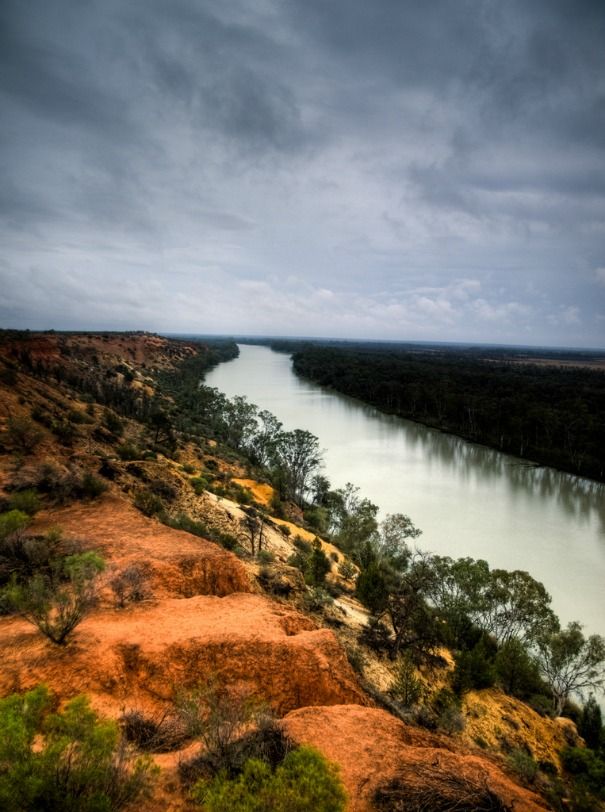
Length: 1,476 miles.
Discharge: 27,086 cubic feet per second.
Main threat: Dwindling fish species and overuse of water.
Australia’s longest and most massive river, the Murray flows from the Australian Alps southeastward and into the Southern Ocean near the city of Adelaide. Like nearly any river in a dry and thirsty land, the Murray is a critical life source—both for native fish and wildlife, like the barramundi, dolphin and the man-size Murray cod, and for local agriculture, including southern Australia’s famed wine industry. Though dams and locks cross the river at numerous places, the Murray is nonetheless a popular destination for paddlers—some of whom may float the entire river. The Murray is a gentle waterway, broad and slow for much of its length, and is relatively welcoming to novice river paddlers—though it does have a few whitewater sections. The future of the Murray is in question. The river’s flow is naturally erratic, and in dry years it has failed entirely to reach its end. As demand for the Murray’s water grows, climate change is expected to become a major stressor on this threatened river.
The Colorado
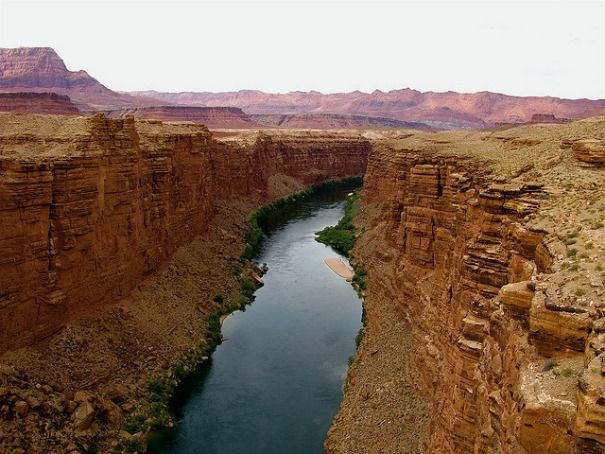
Length: 1,450 miles.
Discharge: 21,700 cubic feet per second.
A classic “exotic stream,” in which a river’s water originates almost entirely in lands far upstream, the Colorado begins in the Rockies but is famed as a symbol of the American desert. The river has famously carved its course deep into the copper-colored earth of Utah and Arizona, creating deep, steep canyons, including the Grand Canyon. The river’s outlet is technically and historically in Mexico, where a vast delta of braided streams once entered the northern reaches of the Sea of Cortez, supporting such species as the spectacular but now severely depleted totuava, a 200-pound ocean fish that once spawned in huge numbers in the Colorado Delta region. However, the Colorado scarcely—if at all—reaches its end anymore, most of its flows being withdrawn for use by some 40 million people. Some of the Colorado’s water is actually pumped out of the river’s drainage boundaries and into California for agricultural use in the desert. Other portions are used to water lawns and fill desert swimming pools. The best ways to experience the Colorado are by canoe or raft—though certain sections of the river feature dangerous rapids. Another option is to hike into the Grand Canyon—and remember: Bringing along stringed instruments is a fine tradition, but picking out “Dueling Banjos” by the riverbank is an exhausted musical cliché. Pick another song.
The Mackenzie
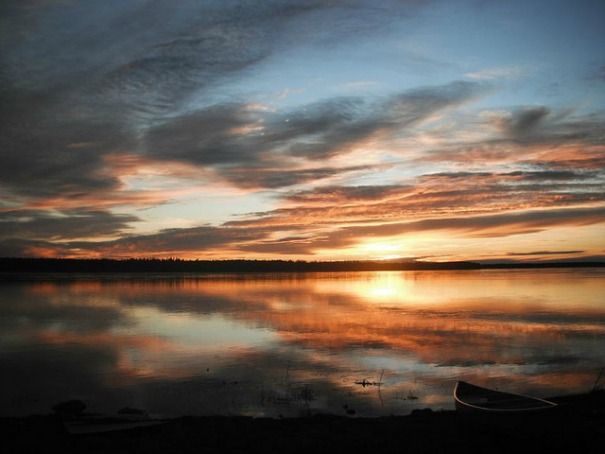
Length: 2,637 miles to head of Finlay River.
Discharge: 349,968 cubic feet per second.
Main threat: Possible hydroelectric development.
The Mackenzie drainage system receives the precipitation from almost 20 percent of Canada’s land area and abuts that of the Yukon River, the Fraser, the Columbia and the Churchill. Measured from the head of the Finlay River, the Mackenzie is one of the longest rivers in the world. However, many people—and canoeists—discuss the Mackenzie only in terms of its main branch, an un-dammed 1,000-mile run that flows north out of the massive Great Slave Lake. This river’s remote location has made it largely immune to many of the threats that have affected other great rivers—and almost certainly, the Mackenzie is one river system that will never dry up at the doings of people. And while the Mackenzie itself remains un-dammed, several hydroelectric projects have been built on its tributaries and there is growing interest in tapping into the energy of the Mackenzie’s main stem. Still, the Mackenzie drainage offers among the greatest wilderness experiences left on earth. Probably the best option is to let the river do the work and float downstream via canoe, raft or kayak. Where to start is the question. Some adventurers may start on the South Nahanni, while others may tackle the Mackenzie beginning at Great Slave Lake, a roughly month-long trip of probable bear encounters, wild camping and excellent fly fishing. Because it may someday be hydro-developed, the Mackenzie has been named among Canada’s most threatened waterways. For now, though, this Arctic giant remains one of the world’s freest, cleanest, wildest rivers.
Planning Your Next Trip?
Explore great travel deals
Smithsonian magazine participates in affiliate link advertising programs. If you purchase an item through these links, we receive a commission.
/https://tf-cmsv2-smithsonianmag-media.s3.amazonaws.com/accounts/headshot/Off-Road-alastair-bland-240.jpg)
/https://tf-cmsv2-smithsonianmag-media.s3.amazonaws.com/accounts/headshot/Off-Road-alastair-bland-240.jpg)